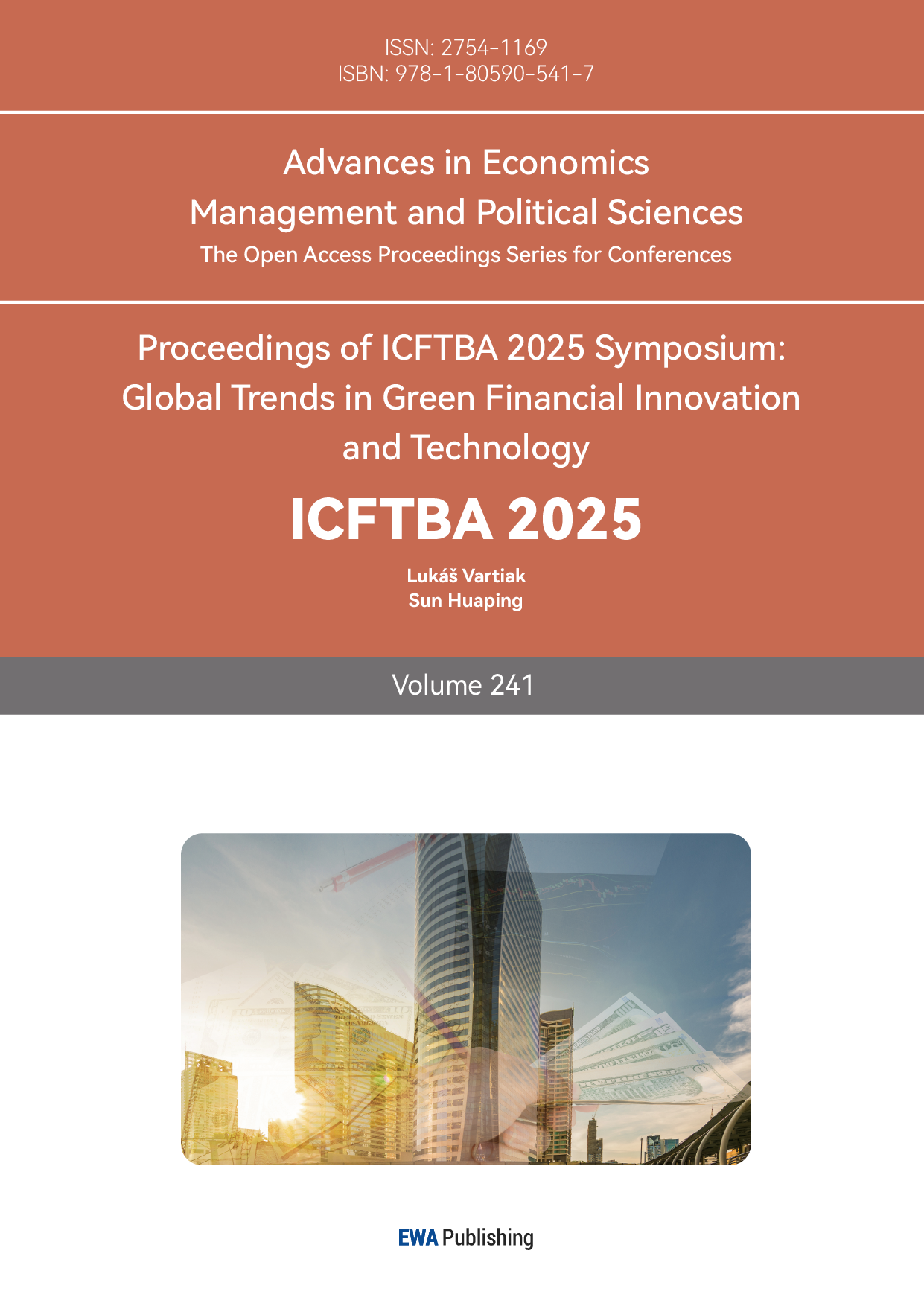References
[1]. Han, B., & Zhou, H. (2009). Expected Stock Returns and Variance Risk Premia Management Science, 65(9), 4060–4079. https: //doi.org/10.1093/rfs/hhp008
[2]. Christoffersen, P., Feunou, B., and Jeon, Y., Option valuation with observable volatility and jump dynamics, Journal of Banking & Finance, vol. 61, suppl. 2, Dec 2015, pp. S101–S120, < https: //doi.org/10.1016/j.jbankfin.2015.08.002>
[3]. Guo, W., Ruan, X., Gehricke, S. A., and Zhang, J. E., Term Spreads of Implied Volatility Smirk and Variance Risk Premium, Journal of Futures Markets, vol. 43, no. 7, Jul 2023, pp. 829–857, < https: //doi.org/10.1002/fut.22409> .
[4]. Carr, P., Wu, L., and Zhang, Z., Using Machine Learning to Predict Realized Variance, arXiv preprint arXiv: 1909.10035, Sept 2019, < https: //arxiv.org/abs/1909.10035> .
[5]. Chai, T., & Draxler, R. R. (2014). Root mean square error (RMSE) or mean absolute error (MAE)? – Arguments against avoiding RMSE in the literature. Geoscientific Model Development, 7(3), 1247–1250. https: //doi.org/10.5194/gmd-7-1247-2014
[6]. Willmott, C. J., & Matsuura, K. (2005). Advantages of the mean absolute error (MAE) over the root mean square error (RMSE) in assessing average model performance. Climate Research, 30(1), 79–82. https: //doi.org/10.3354/cr030079
[7]. Bollerslev, T., Hood, B., Huss, J., & Pedersen, L. H. (2018). Risk everywhere: Modeling and managing volatility. The Review of Financial Studies, 31(7), 2729–2773. https: //doi.org/10.1093/rfs/hhy041
[8]. Bakshi, G., Cao, C., & Chen, Z. (1997). Empirical performance of alternative option pricing models. The Journal of Finance, 52(5), 2003–2049.
[9]. Christensen, B. J., & Prabhala, N. R. (1998). The relation between implied and realized volatility. Journal of Financial Economics, 50(2), 125–150.
[10]. Andersen, T. G., Bollerslev, T., & Diebold, F. X. (2007). Roughing it up: Including jump components in the measurement, modeling, and forecasting of return volatility. The Review of Economics and Statistics, 89(4), 701–720. https: //doi.org/10.1162/rest.89.4.701



